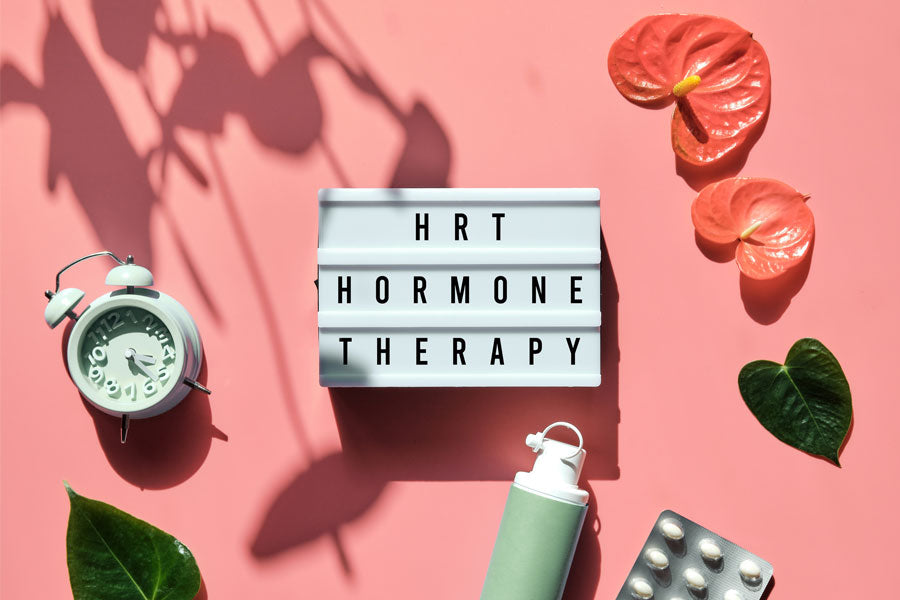Trusted for 25+ Years
America's Inhumane War on STDs & The Oppression of Women

Dr. Lisa Lawless, CEO of Holistic Wisdom
Clinical Psychotherapist: Relationship & Sexual Health Expert

Women's History Is Important
It is essential to learn about the history of women's accomplishments as well as explore both past and present oppression. After all, if we do not, we may take steps backward and be doomed to experience the repetition of oppression that has been previously eradicated. In addition, we may also find ourselves in a society rampant with systemic gender-based discrimination, oppression, and inequality.
The War On STDs By Targeting Women
In the early 20th century, sexually transmitted diseases (STDs) were rampant in the United States. Rather than invest in education and the encouragement of safe sex practices to address this health crisis, women were made targets to reduce STD rates while blatantly violating their civil liberties and human rights.
The Chamberlain-Kahn Act
The Chamberlain-Kahn Act, also known as the US Venereal Disease Control Act of 1918 was designed to reduce STD rates. STDs presented health and national security threats as they greatly affected American soldiers in World War I, in addition to the well-being of the general public.
While rampant STDs were valid health concerns, it was how STDs were addressed through this act that will forever be a shameful mark in this country's history as it inhumanly targeted women for fifty years and not repealed until 1970.
The Chamberlain-Kahn Act was named after its sponsors, Senator W. E. Chamberlain and Representative Julius Kahn. When US Senator Joseph France of Maryland introduced it, it received bipartisan support in both the Senate and the House of Representatives. It was signed into law by President Woodrow Wilson on July 9, 1918.
Only one year after the Chamberlain-Kahn Act was implemented in 1919, an estimated 30,000 American women were forcibly examined on the grounds that they were suspected of having an STD.
On What Grounds Would Women Be Tested For STDs?
Undercover agents from ASHA (American Social Hygiene Association) would act as enforcers to cleanse the city of vice and immorality, as well as many other enforcement groups in towns across the United States. These male agents would profile women suspicious of having an STD and were part of what was often called a "morals squad."
Any woman, at any time, could be arrested, assaulted, and hauled off to jail with no trial, no lawyer, and no idea when she'd be released. Morals squad agents would prowl around looking for women suspected of having an STD using whatever criteria they wanted. This could be as simple as women shopping in a market.
Such was the case of Margaret Hennessey and her sister, who were apprehended while walking to the meat market in Sacramento, California, on February 25, 1919. They were arrested as "suspicious characters," taken to a lock hospital, prodded by healthcare workers, and tested for STDs, all for grocery shopping for Margaret's husband, who was home recovering from influenza.
STDs Were Considered Proof Of Prostitution
Women suspected of having an STD could also be arrested and detained without trial or due process for sex work. This is because any evidence of STDs found during one of these exams could constitute proof of prostitution. For various reasons, they could be forced into lock hospitals, or STD detention camps for days to many months.
What Happened In Lock Hospitals & Detention Camps?
In these institutions, women were subjected to forced medical examinations and treatment, including invasive pelvic exams and toxic chemicals such as mercury or arsenic-based drugs. If women failed to show proper "ladylike" compliance, they would be beaten, thrown into solitary confinement, or even sterilized.
These women were detained for no justifiable reason and endured physical and sexual abuse by law enforcement officials and medical personnel. They could be further punished for refusing sex with police or health officers.
The American Plan
The American Plan, which began in the early 1900s, was another approach with policies and initiatives targeting women to reduce STDs. It was a social hygiene campaign that targeted women, especially marginalized populations such as sex workers, immigrants, and black women.
Like the Chamberlain-Kahn Act, it was used to put women in confined detention camps with forced medical examinations, treatment, and even sterilization against their will or without their knowledge.
The Demonization Of Women
Rather than address these health concerns by accentuating education and personal responsibility for safe sex practices, especially with military men with whom they were rampant, they would attempt to scare them away from "loose women," who would give them diseases.
Posters of ragged-looking women with messages like "She may be a bag of trouble" or women with skeleton faces with the words gonorrhea and syphilis were passed around.
The STD Laws
The Chamberlain-Kahn Act made it a federal offense to knowingly transmit or attempt to transmit a venereal disease, punishable by a fine of up to $500 or imprisonment for up to five years. Keep in mind that in today's inflation, that would be about $8,911.31. It also required the compulsory medical examination and treatment of sex workers and anyone suspected of having an STD.
Federal law also outlawed sex work within a five-mile "moral zone" of every military training camp in the country. When it was determined that most infected soldiers contracted most STDs from their hometowns, they expanded this prohibition to cover the entire nation. And when they discovered that most of the women who supposedly infected the men weren't sex workers, they expanded the program even further.
Politicians Embraced These Measures
Many politicians highly supported the Chamberlain-Kahn Act and American Plan. For example, New York Mayor Fiorello La Guardia gave speeches praising the Plan, and California Governor Earl Warren spearheaded its enforcement.
In 1918, the attorney general, Thomas Watt Gregory, sent a letter to every US attorney in the country, assuring them this law was constitutional. In addition, he sent letters to every US district judge, urging them not to interfere with its enforcement.
During World War II, the American Civil Liberties Union (ACLU) not only failed to fight the Plan; the founder, Roger Baldwin, sent a directive encouraging its local branches to cooperate with officials enforcing it. They did not change their tune until 1944 when Northern California ACLU director Ernest Besig took exception to San Francisco's policy of holding all suspected women of having STDs for 72 hours while they were examined.
Governors and state legislatures responded to the federal government's "model law" with enthusiasm. STDs were a hated epidemic, and sex workers were often wrongly blamed as scapegoats.
By 1921, every state in the union and hundreds of municipalities had one of these statutes on their books. Cities and states enforced these laws, off and on, for the next half-century.
The Trials of Nina McCall
"The Trials of Nina McCall" is a book by Scott W. Stern that focuses on the eugenics movement and forced sterilization of women in the United States. Nina McCall was a young woman from Michigan who was forcibly sterilized in 1927 after being falsely accused of having an STD.
With the help of lawyers and activists, her case was the first to challenge forced sterilization laws by suing the state of Michigan and winning her case in 1937. This set an important legal precedent.
The Targeting Of Marginalized Groups
In the 1950s, the policing of women for STDs was significantly reduced for white women, but women of color and other marginalized communities continued to be disproportionately targeted by these laws and subjected to forced detention and medical treatment. Black women, in particular, were targeted by law enforcement for suspicion of having an STD and were often subjected to brutal medical procedures without their consent.
It was not until the 1960s that the law began to be reformed, as public attitudes towards STDs and sex work began to shift. However, what is more alarming is that the American Plan laws enable officials to examine people reasonably suspected of having STDs, which are still on the books in some form in every US state today.
The Protests
The American Plan was heavily criticized for violating civil liberties and human rights by women's rights groups, who argued that it was cruel and inhumane treatment. Suffragist Edith Houghton Hooker and activist Katharine Bushnell were just two of many women who campaigned against these injustices to women.
One of the most prominent protests was the Women's Anti-Discrimination Committee (WADC), established in 1923. It was founded by feminist activists, including Mary Ritter Beard, Caroline Lexow Babcock, and Crystal Eastman.
In addition to protesting the Chamberlain-Kahn Act and American Plan, they worked to ensure that women had equal opportunities and fought against discriminatory practices against women in employment, education, and politics.
The committee also advocated for the right to vote (women's suffrage) and the right for women to run for public office. Women's rights activist and suffragist, Alice Paul, lobbied for the passage of the Equal Rights Amendment (ERA), which would have given gender equality in the US Constitution but has never been added.
WADC disbanded in 1933 due to financial difficulties and a lack of support. However, their achievements and legacy live on.
A Cautionary Tale
The legacy of the Chamberlain-Kahn Act and The American Plan serves as a cautionary tale of the dangers of stigmatizing and criminalizing those who are affected by STDs as well as making laws around women's sexual health.
"History, despite its wrenching pain, Cannot be unlived, but if faced with courage, need not be lived again."
- Maya Angelou





